This is Part 1 of a 3-part video series dedicated to calcium reactors. Our goal at CoralVue is to help reefers like you maintain successful reef tanks by providing you with the key information that will make using a calcium reactor easy to understand and use.
In this first video I cover what you need to know before installing and the components necessary to properly set up a calcium reactor. Below is an outline of the video for your convenience.
What is a calcium reactor?
Corals, invertebrates and even coralline algae are constantly using up calcium and alkalinity in our aquariums. A calcium reactor is a piece of equipment that helps simultaneously maintain alkalinity and calcium throughout the day attaining the ultimate in stability and growth of stony corals.
What are the advantages & disadvantages of a calcium reactor?

Pros
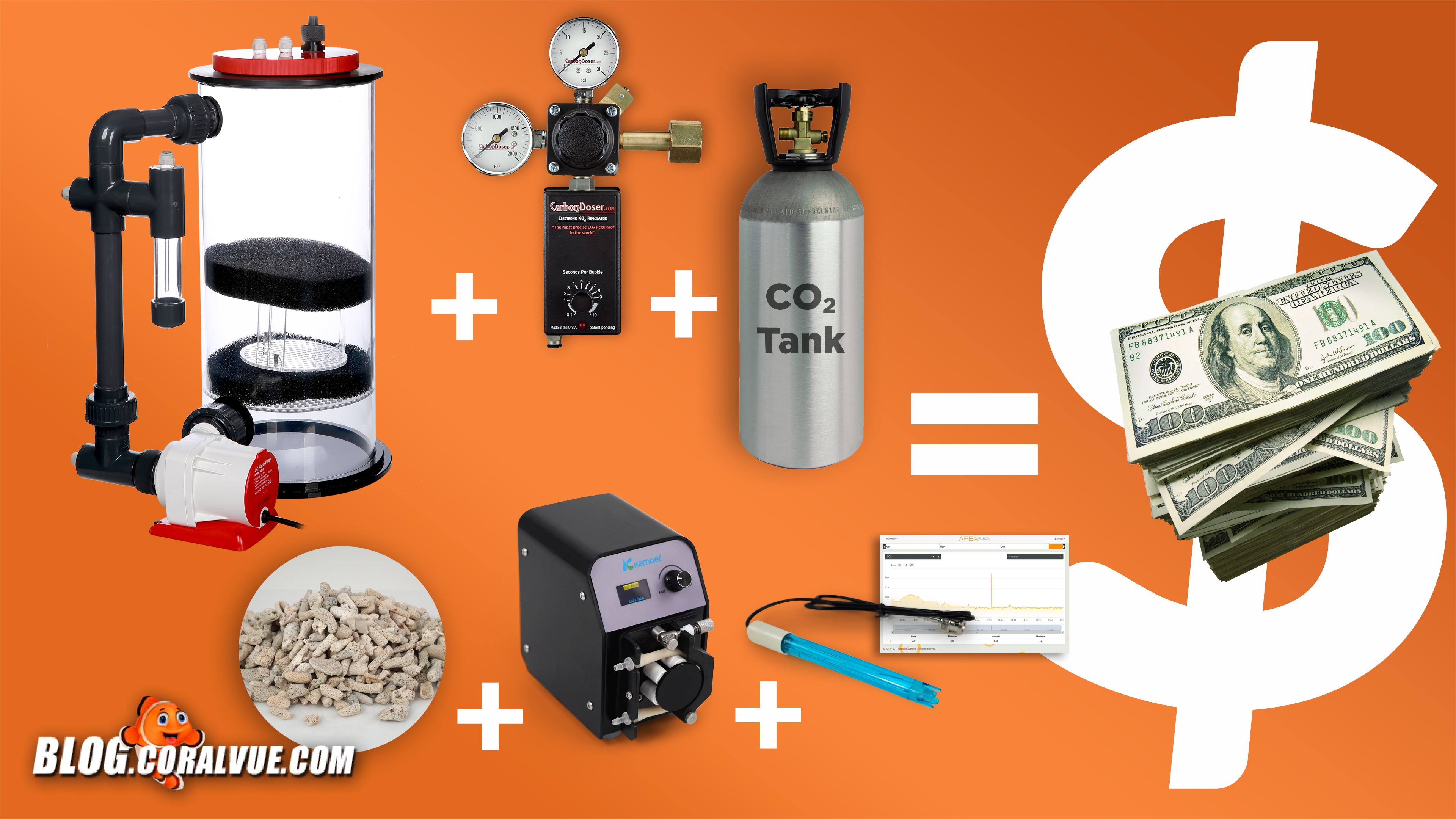
What do you need to setup a calcium reactor?

On episode 2, we will show you how to assemble, install and setup an actual calcium reactor running on a live system. Stay tuned. I hope this comes in handy for someone in the R2R community looking to setup a calcium reactor. Thank you.
In this first video I cover what you need to know before installing and the components necessary to properly set up a calcium reactor. Below is an outline of the video for your convenience.
What is a calcium reactor?
Corals, invertebrates and even coralline algae are constantly using up calcium and alkalinity in our aquariums. A calcium reactor is a piece of equipment that helps simultaneously maintain alkalinity and calcium throughout the day attaining the ultimate in stability and growth of stony corals.
What are the advantages & disadvantages of a calcium reactor?
Pros
- Fully automated dosing of calcium and alkalinity. A calcium reactor is capable of supplying a tank system with enough alkalinity and calcium carbonate 24/7. You do not need to mix your solutions as the calcium reactor infuses tank water with all the alkalinity and calcium needed.
- Scalability. A calcium reactor is a perfect solution when your 2-part dosing is no longer cost effective. Using 2-part solution on aquariums with high coral load or large systems may become too expensive. There is a calcium reactor for every size tank!
- Does not increase salinity or add chloride to your tank water. A calcium reactor takes water from your tank and saturates it with melted coral skeleton. It does not add any salt or elements other than what is in the media itself.
- Long term cost effectiveness. The cost of keeping a calcium reactor is very low. Technically you only need to top off the media on average 3-4 times a year. In comparison to 2-part bottles, the media is very inexpensive. If your reactor is using a pH probe, it only needs to be replaced once a year. CO2 bottle refills average between 10-20 dollars and you only need to refill them 1-2 times a year depending on the size of the bottle.
- Upfront cost. The initial investment of setting up a calcium reactor can be nearly 2 times higher than most automated two-part dosing systems due to the equipment required.
- Intricate setup. Setting up a reactor takes consideration and planning. You must make sure that the reactor is properly sized for your system. Patience as the reactor does not get dialed in overnight. It is a process of constant tweaking based on the ever-fluctuating demand. And Safety… You are dealing with pressurized containers.

What do you need to setup a calcium reactor?
Calcium Reactor
We must find a reactor that fits our tank needs. Most reactors out there have a suggested tank range. We need a reactor that is large enough that does not require constant upkeep but not too large where it becomes inefficient and you are wasting money by overbuying and wasting energy by running excess.
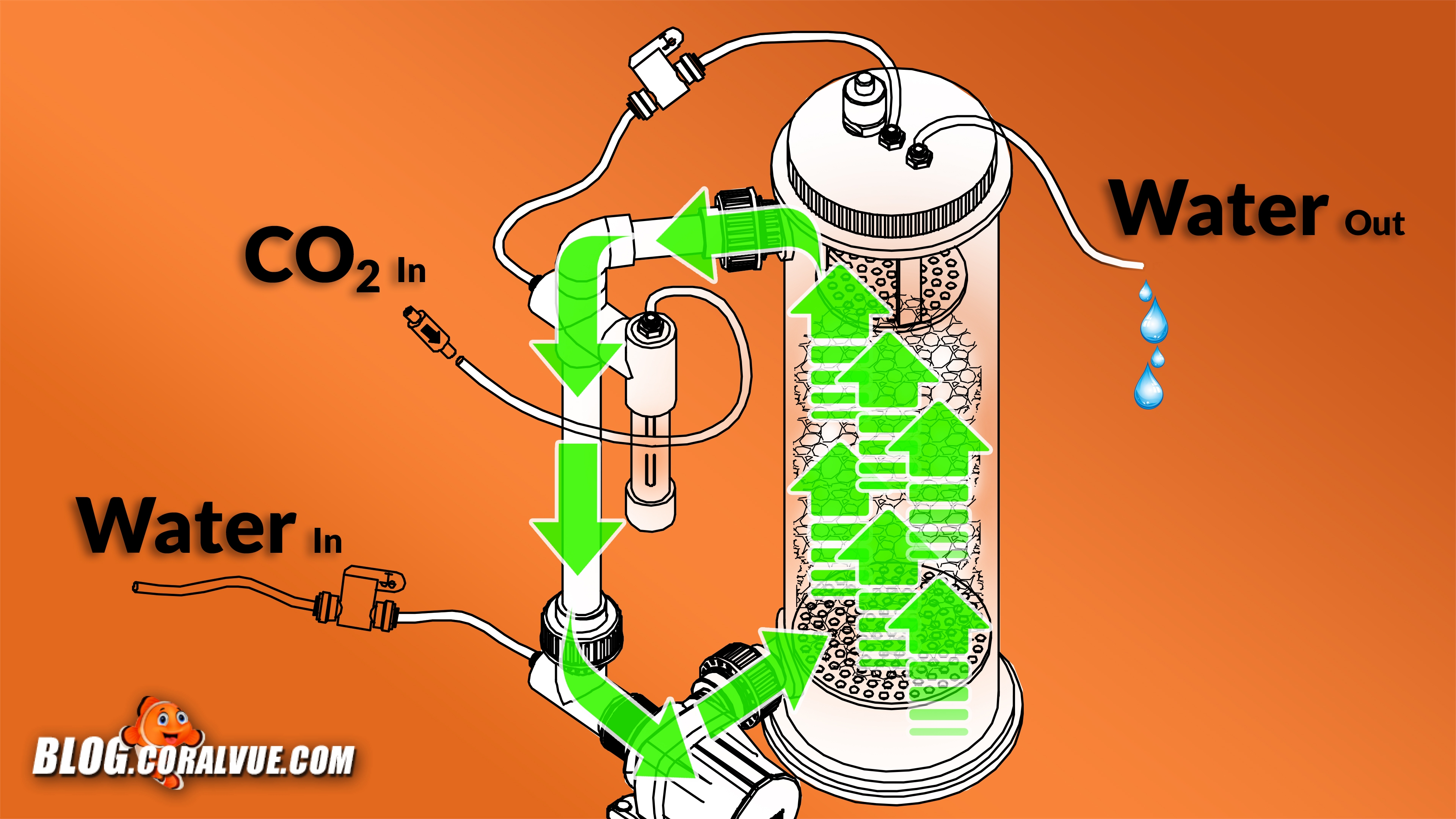
A reactor must have an efficient, powerful & good quality recirculating pump
The recirculating pump is the heart of the calcium reactor. It mixes water and CO2 gas that creates a semi-acidic water solution that allows for the media in the reactor to melt and release alkalinity and calcium back into the water itself.
The recirculating pump also dictates the performance of the reactor. It forces water to run through the media multiple times before leaving the reactor and back to the tank. The more times the water cycles through the media over and over again, the higher the saturation of available alkalinity and calcium ions.
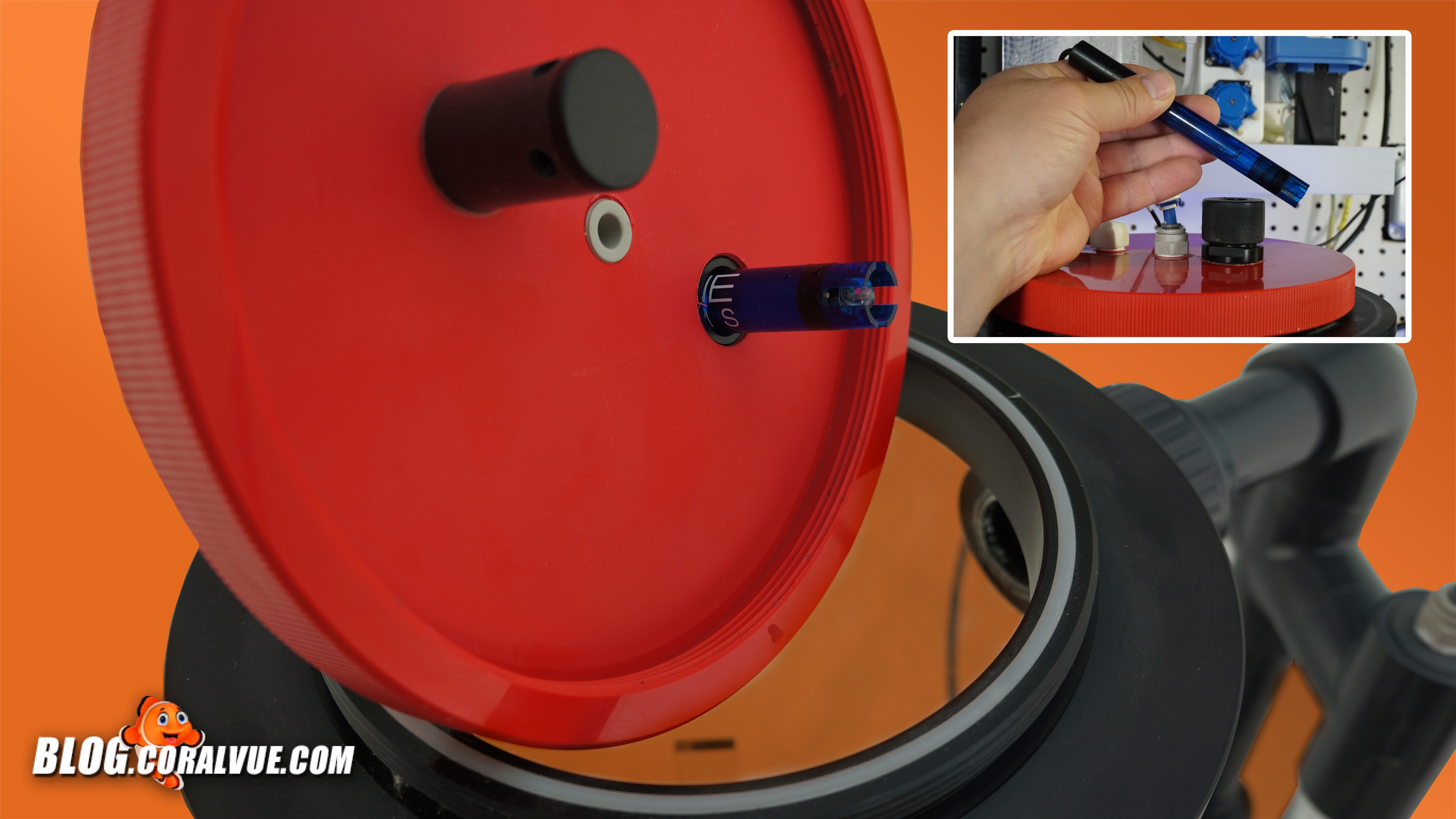
A reactor must have a water-tight pH probe holder
Most media in the reactor starts to melt when the pH dips below 6.7. The pH probe allows us to monitor and even control the pH level. If the pH level in the reactors is too high, media will not melt. On the other hand, if the pH level is too low, it can waste your media by turning it into sludge, which can restrict flow and destroy your recirculation pump.
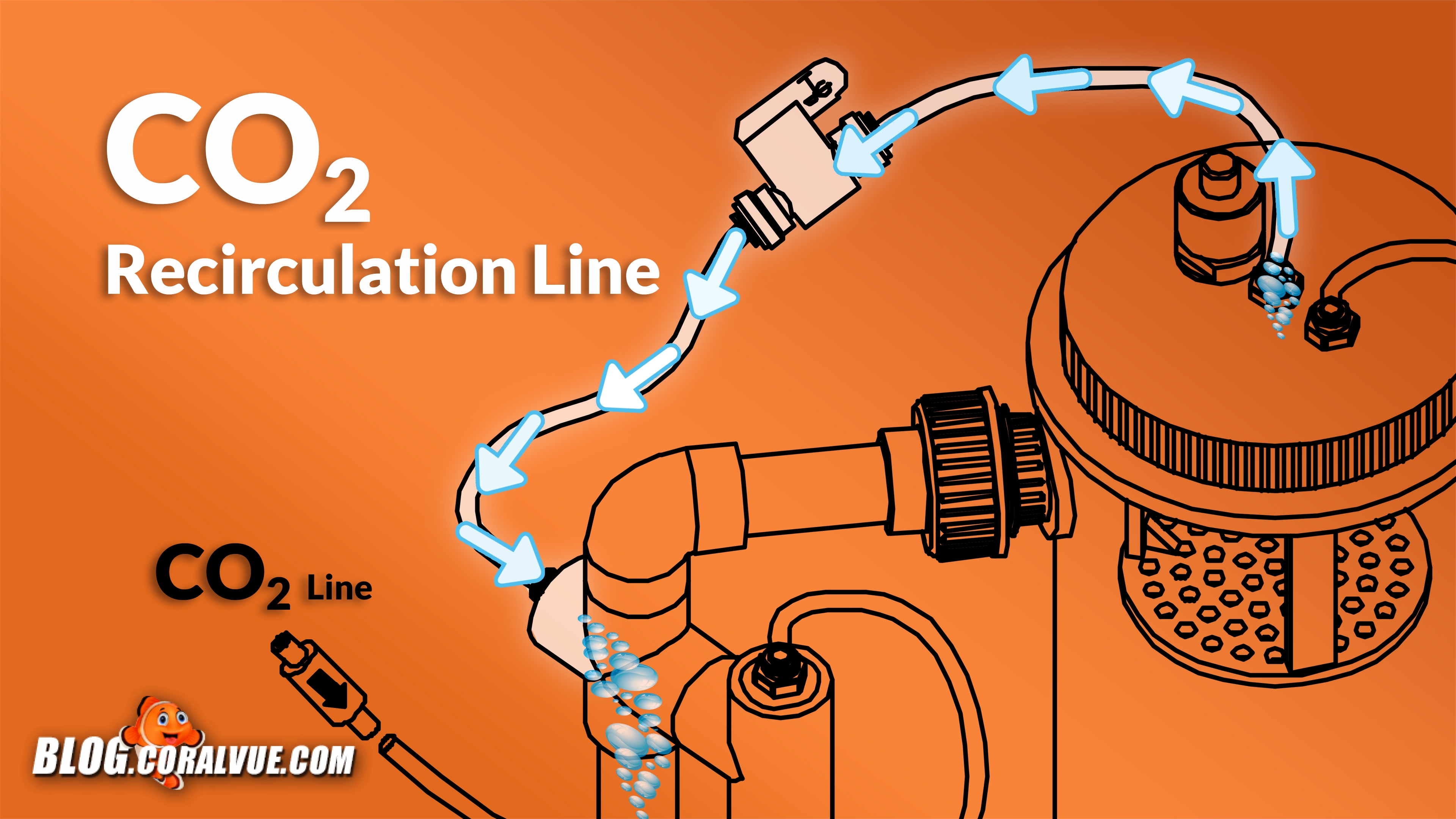
A reactor should recirculate injected CO2
In the old days, reactors used to accumulate “air” at the top of the main chamber which eventually would purge back into the main system. It was wasteful, caused instability and countless frustration. Most reactors today incorporate a more efficient way to recycle the CO2 and keep the pH level low while using less CO2 in the process.
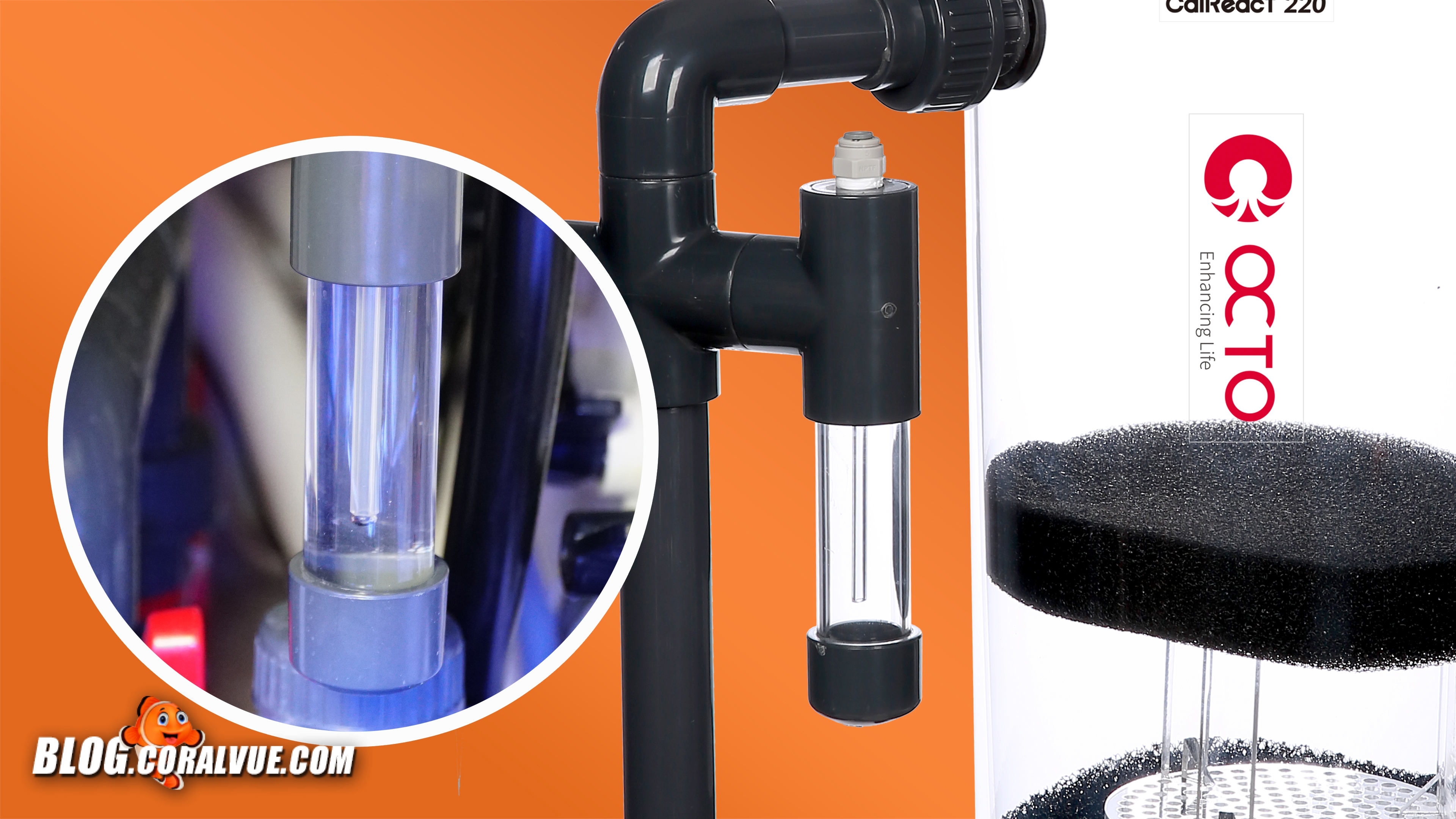
A reactor should have a bubble counter
A bubble counter is a simple and convenient way to visually monitor the amount of CO2 actually being injecting into the reactor. The benefit of having a reactor that has an incorporated bubble counter is that it is self-filling.
We must find a reactor that fits our tank needs. Most reactors out there have a suggested tank range. We need a reactor that is large enough that does not require constant upkeep but not too large where it becomes inefficient and you are wasting money by overbuying and wasting energy by running excess.

A reactor must have an efficient, powerful & good quality recirculating pump
The recirculating pump is the heart of the calcium reactor. It mixes water and CO2 gas that creates a semi-acidic water solution that allows for the media in the reactor to melt and release alkalinity and calcium back into the water itself.
The recirculating pump also dictates the performance of the reactor. It forces water to run through the media multiple times before leaving the reactor and back to the tank. The more times the water cycles through the media over and over again, the higher the saturation of available alkalinity and calcium ions.

A reactor must have a water-tight pH probe holder
Most media in the reactor starts to melt when the pH dips below 6.7. The pH probe allows us to monitor and even control the pH level. If the pH level in the reactors is too high, media will not melt. On the other hand, if the pH level is too low, it can waste your media by turning it into sludge, which can restrict flow and destroy your recirculation pump.

A reactor should recirculate injected CO2
In the old days, reactors used to accumulate “air” at the top of the main chamber which eventually would purge back into the main system. It was wasteful, caused instability and countless frustration. Most reactors today incorporate a more efficient way to recycle the CO2 and keep the pH level low while using less CO2 in the process.

A reactor should have a bubble counter
A bubble counter is a simple and convenient way to visually monitor the amount of CO2 actually being injecting into the reactor. The benefit of having a reactor that has an incorporated bubble counter is that it is self-filling.
Media
When choosing your calcium carbonate media for the reactor, there are couple things to consider:
Carbon Dioxide has many uses but is most commonly used for carbonating your favorite soda. Carbon dioxide is a nonflammable, colorless, odorless and more importantly, when mixed with water, it forms a weak acid capable of dissolving calcium carbonate media.
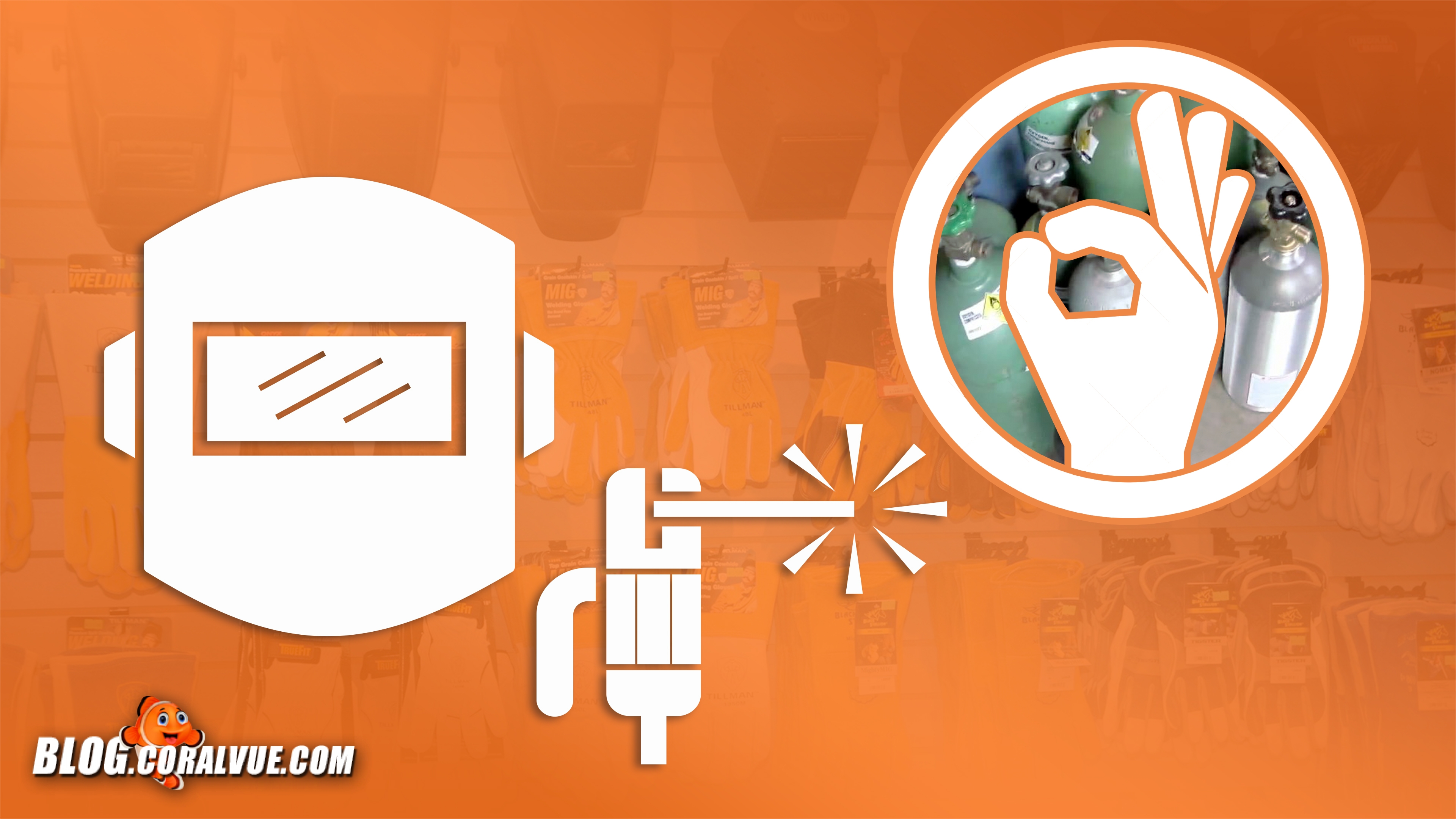
Carbon dioxide can be supplied in different purities but for our application, commercial grade CO2 used for welding is good enough. We do suggest steering away from CO2 used for Paint Ball purposes as sometimes it is mixed with other elements or gases.
CO2 Regulator and Solenoid
When picking out a regulator look for one that has two pressure gauges. One gauge that measures the pressure of the CO2 in the cylinder and the other to measure the delivery pressure. NEVER use a regulator made for gas other than CO2.
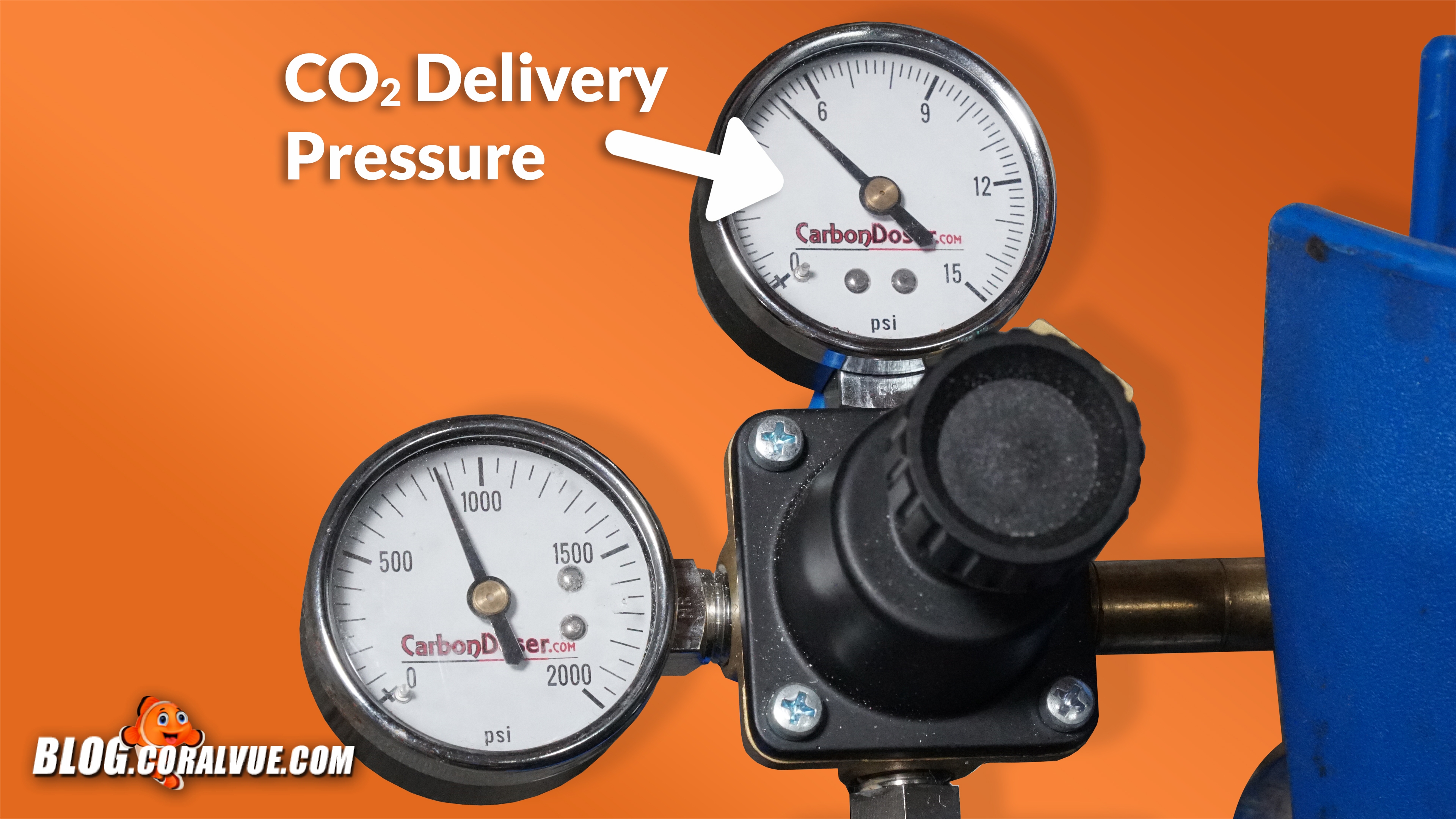
It’s best that the regulator can steadily output low pressures under 10 psi.
A good CO2 check valve is also required to prevent damage to the regulator due to back flow.
pH probe & Controller
Here are two things that are not required but fall into highly recommended list to make your life easier. As we mentioned before, most media in the reactor starts to melt when the pH dips below 6.7.
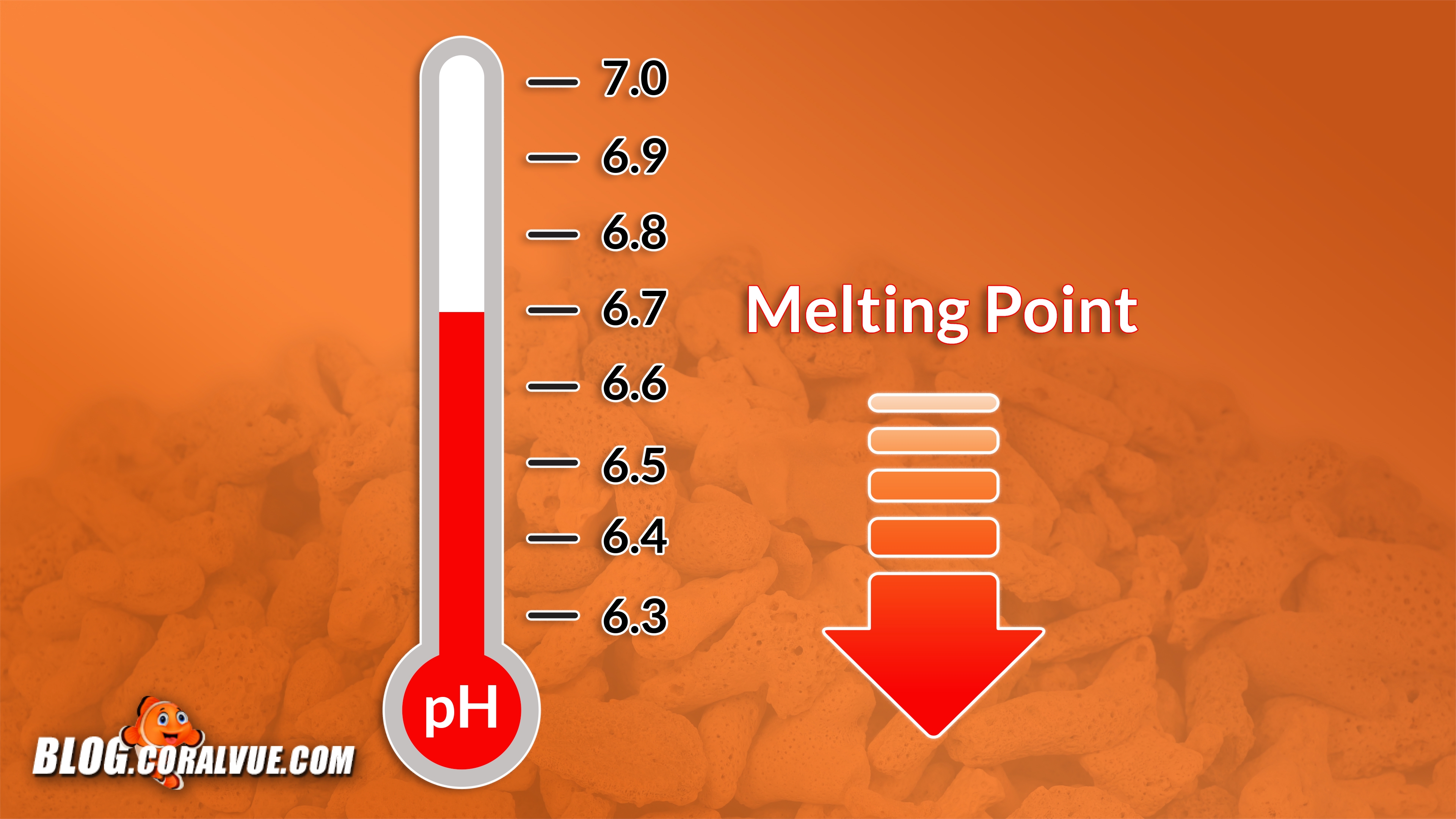
A controller makes managing the pH level much easier especially if the regulator or needle valve is not precise enough to maintain a very stable CO2 bubble rate.
It will monitor the pH level and keep the CO2 flowing when the pH is stable or too high but turn it off if the pH level gets too low.
Feed Source
The feed source is by far, the root of most issues with a calcium reactor. As we were doing research for this video, we encounter a large amount of misinformation online. Contrary to popular belief, calcium reactors do not require a large feed pump to push water into the reactor. Having a big pump with lots of flow does not equate to stable effluent.
Keep in mind that Calcium reactors are not built to really run pressurized. A slight pressure of up to 5psi is all you need to operate safely. Anything higher may result in joints and seals leaking. Anything more than 10 psi and you could possibly blow the lid off!
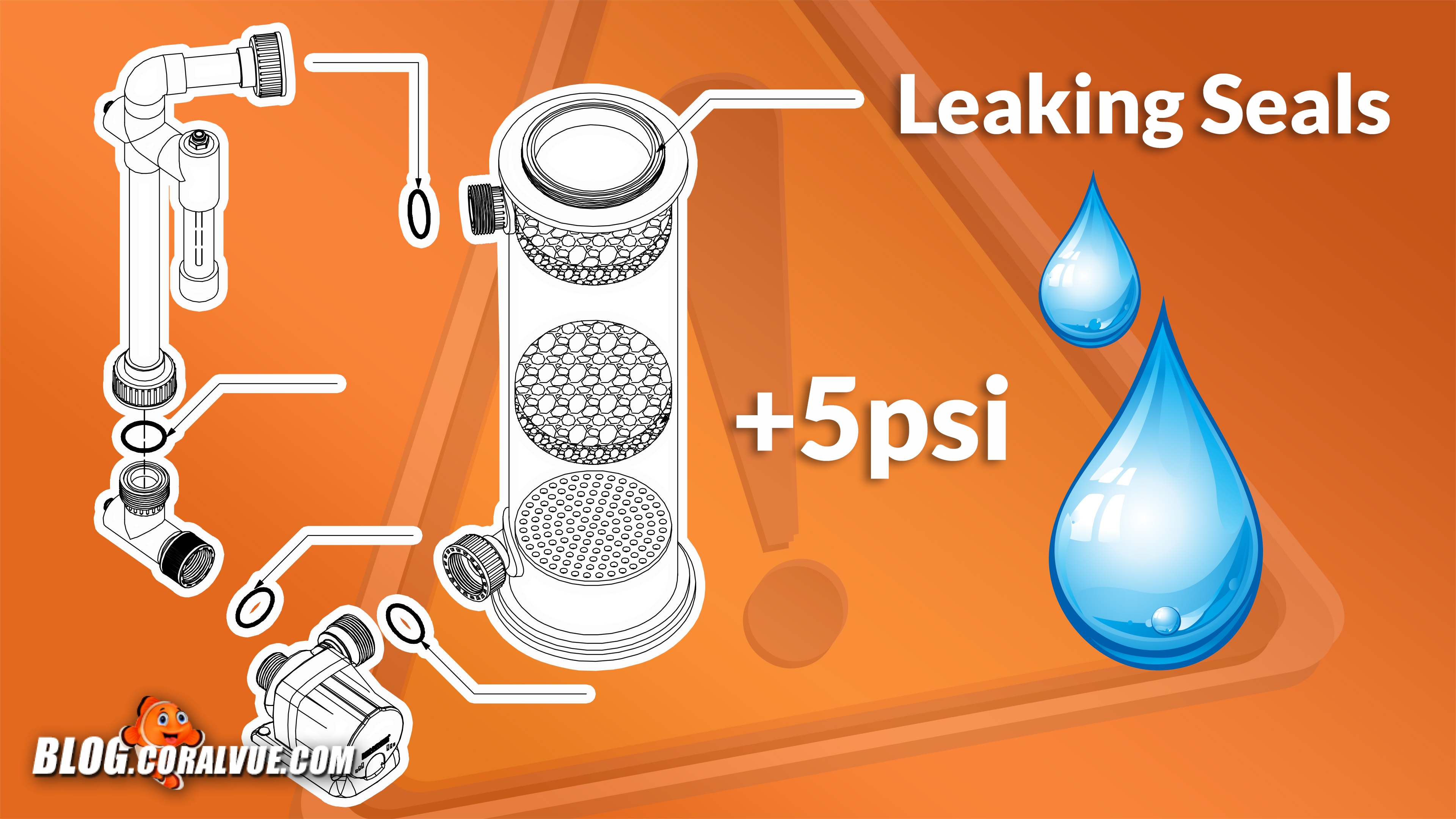
We need a pump that is going to feed the reactor at a very low flow. That is it. In essence, you want the feed pump and the CO2 to have equal pressure into the reactor. Issues arise when one of the two is higher than the other.
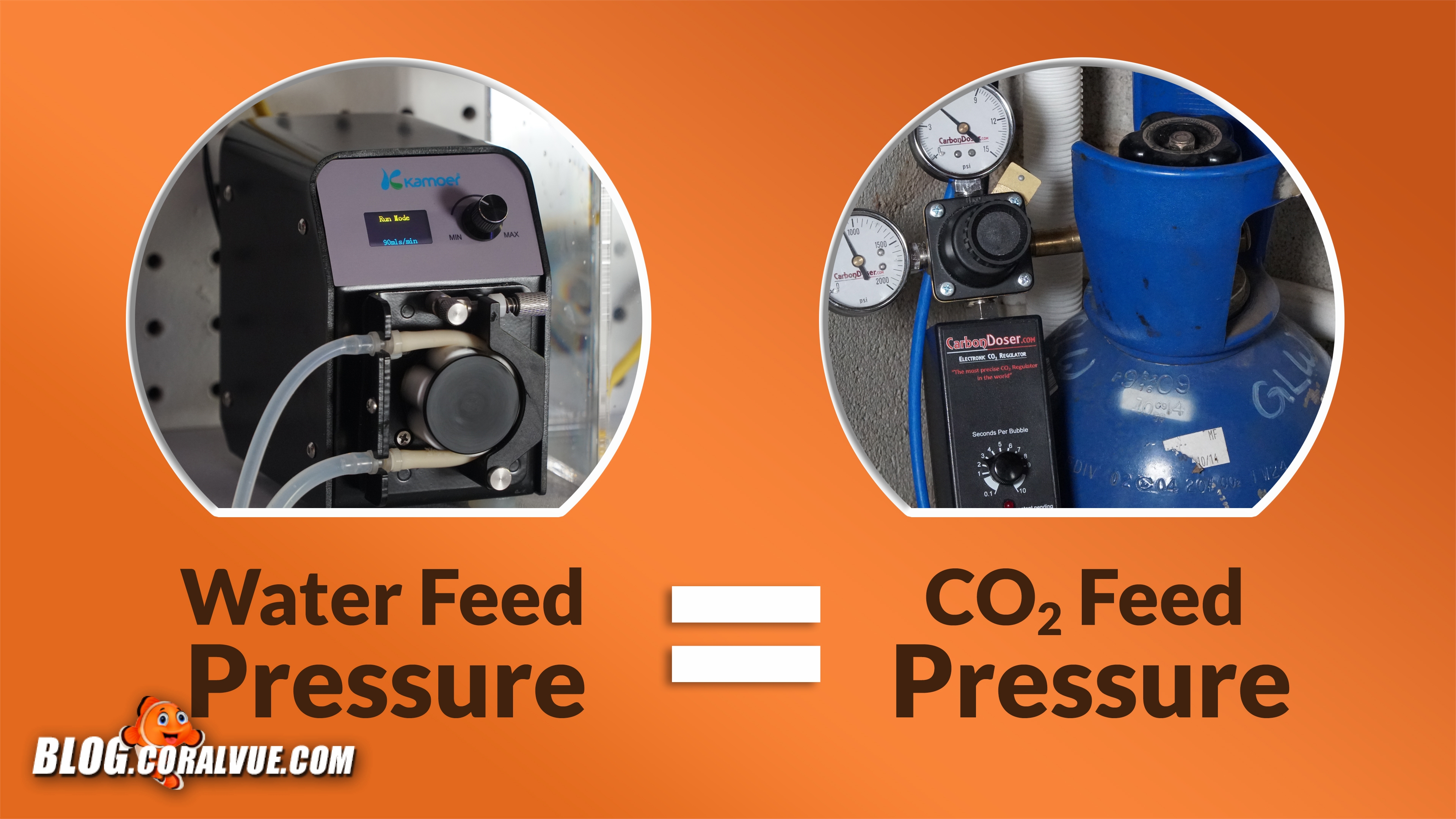
For this reason, the best way to feed a calcium reactor is by using a peristaltic dosing pump like the Kamoer FX-STP. It allows real time flow adjustments between 0 and 120 ml/m to easily overcome inconsistencies and set the reactors effluent with just enough pressure at a predictable metered rate.
This is just the first episode of a 3-video series where we will cover calcium reactors. Our goal is to help reefers like you maintain successful reef tanks by providing you with the key information that will make using a calcium reactor easy to understand and use.When choosing your calcium carbonate media for the reactor, there are couple things to consider:
Melting point. The lower the pH, the more CO2 will be required.
Size. Smaller media usually has a higher pH melting point and will melt faster than larger media. We want media that is porous with lots of surface area and won’t restrict flow.
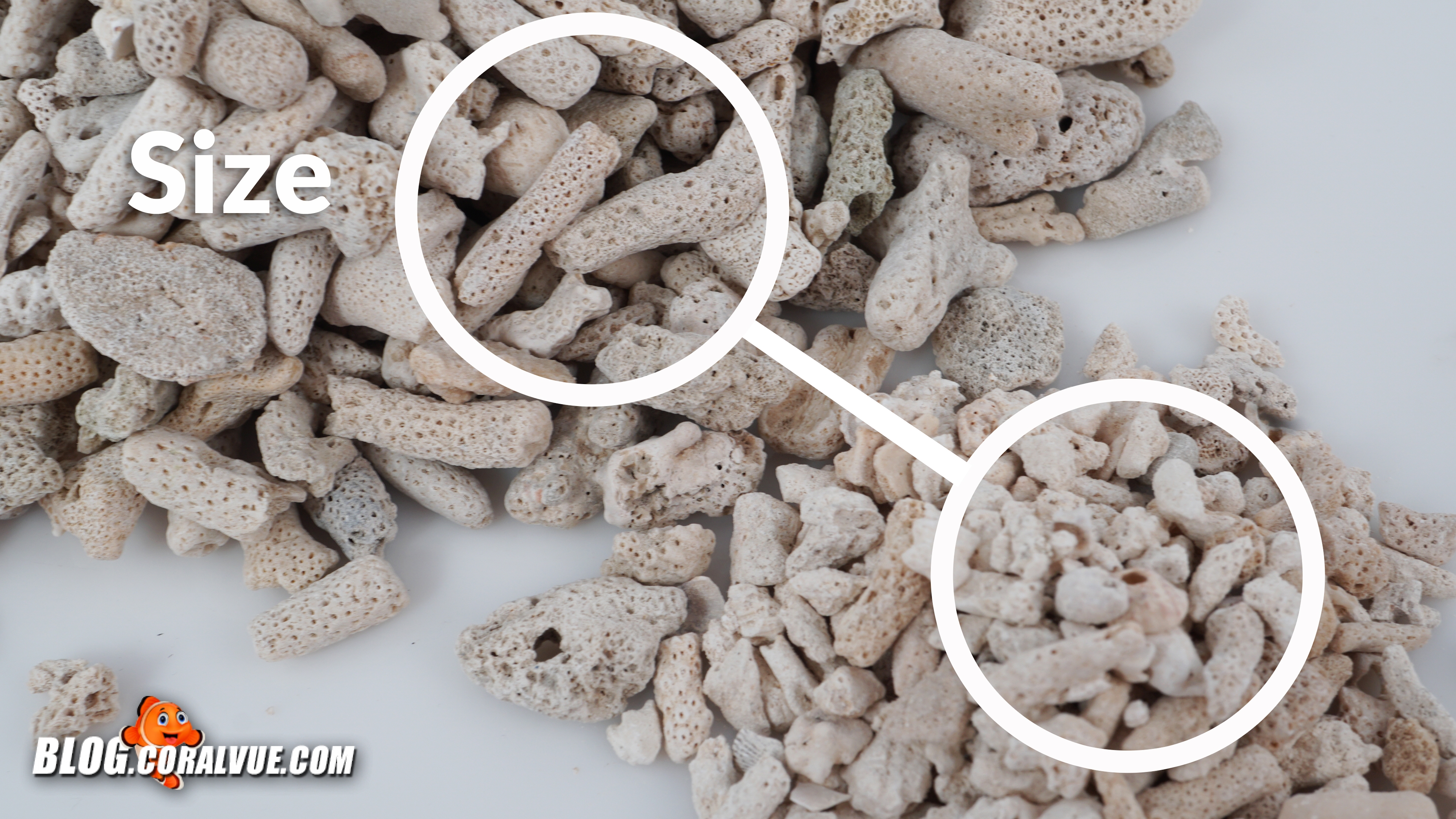
The type of media you choose will dictate how the reactor will perform. Cleanliness of media seems to be a thing of the past as most available medias are from good sources.
CO2 tankSize. Smaller media usually has a higher pH melting point and will melt faster than larger media. We want media that is porous with lots of surface area and won’t restrict flow.

The type of media you choose will dictate how the reactor will perform. Cleanliness of media seems to be a thing of the past as most available medias are from good sources.
Carbon Dioxide has many uses but is most commonly used for carbonating your favorite soda. Carbon dioxide is a nonflammable, colorless, odorless and more importantly, when mixed with water, it forms a weak acid capable of dissolving calcium carbonate media.

Carbon dioxide can be supplied in different purities but for our application, commercial grade CO2 used for welding is good enough. We do suggest steering away from CO2 used for Paint Ball purposes as sometimes it is mixed with other elements or gases.
CO2 Regulator and Solenoid
When picking out a regulator look for one that has two pressure gauges. One gauge that measures the pressure of the CO2 in the cylinder and the other to measure the delivery pressure. NEVER use a regulator made for gas other than CO2.

It’s best that the regulator can steadily output low pressures under 10 psi.
A good CO2 check valve is also required to prevent damage to the regulator due to back flow.
pH probe & Controller
Here are two things that are not required but fall into highly recommended list to make your life easier. As we mentioned before, most media in the reactor starts to melt when the pH dips below 6.7.

A controller makes managing the pH level much easier especially if the regulator or needle valve is not precise enough to maintain a very stable CO2 bubble rate.
It will monitor the pH level and keep the CO2 flowing when the pH is stable or too high but turn it off if the pH level gets too low.
Feed Source
The feed source is by far, the root of most issues with a calcium reactor. As we were doing research for this video, we encounter a large amount of misinformation online. Contrary to popular belief, calcium reactors do not require a large feed pump to push water into the reactor. Having a big pump with lots of flow does not equate to stable effluent.
Keep in mind that Calcium reactors are not built to really run pressurized. A slight pressure of up to 5psi is all you need to operate safely. Anything higher may result in joints and seals leaking. Anything more than 10 psi and you could possibly blow the lid off!

We need a pump that is going to feed the reactor at a very low flow. That is it. In essence, you want the feed pump and the CO2 to have equal pressure into the reactor. Issues arise when one of the two is higher than the other.

For this reason, the best way to feed a calcium reactor is by using a peristaltic dosing pump like the Kamoer FX-STP. It allows real time flow adjustments between 0 and 120 ml/m to easily overcome inconsistencies and set the reactors effluent with just enough pressure at a predictable metered rate.
On episode 2, we will show you how to assemble, install and setup an actual calcium reactor running on a live system. Stay tuned. I hope this comes in handy for someone in the R2R community looking to setup a calcium reactor. Thank you.












